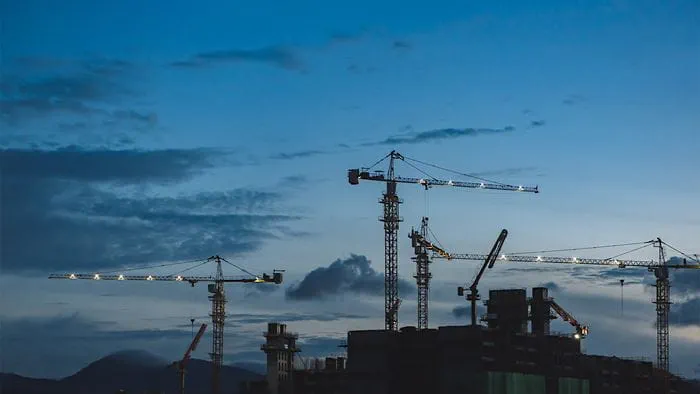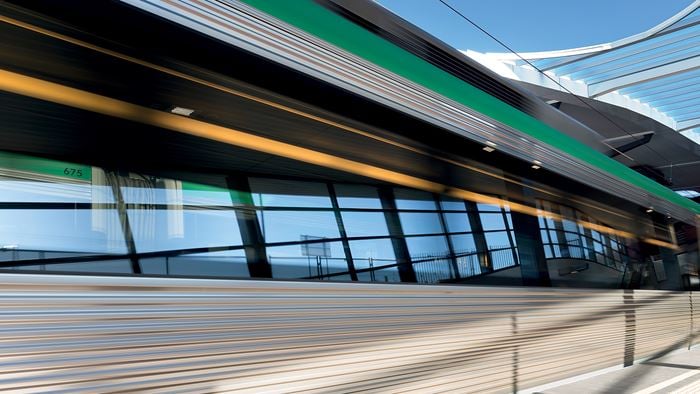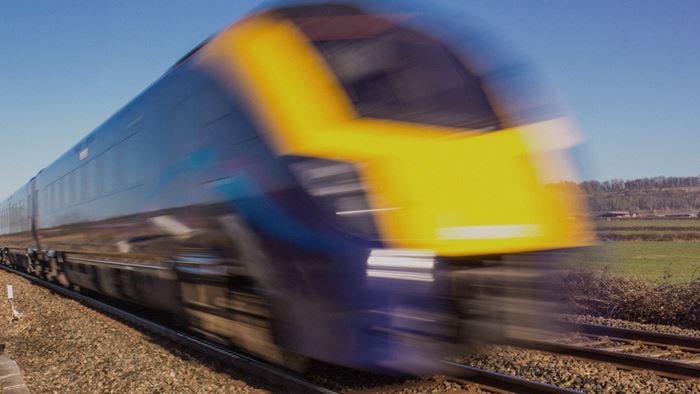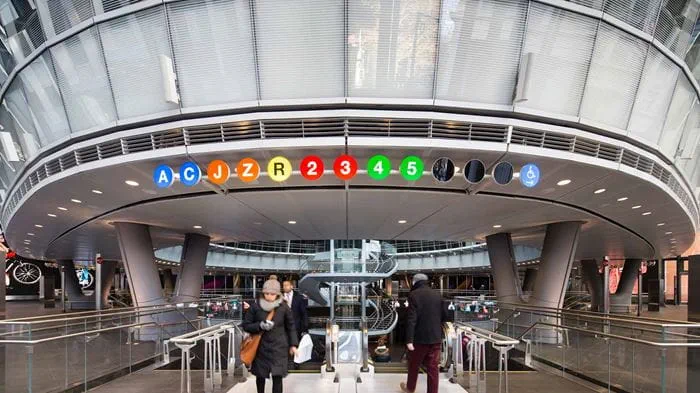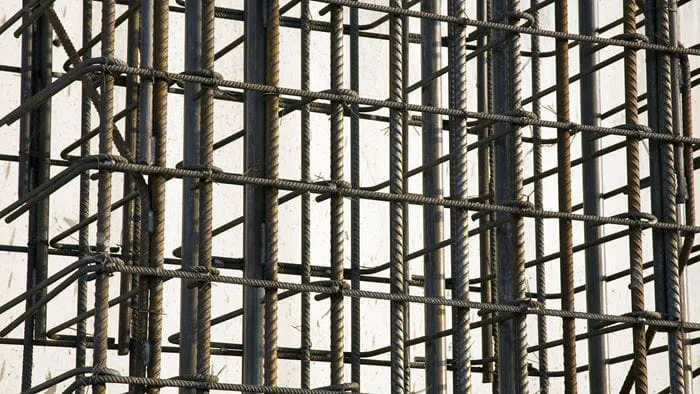Against a backdrop of ever increasing energy costs, all major new infrastructure must reduce its energy consumption, both in construction and operation, throughout its very long lifespan. To achieve this, I believe that modern infrastructure procurement should focus on whole life value, because capital expenditure constrains operational optimisation.
Let’s examine what this might mean in the context of tunnels. With ever increasing land values and the increasing need for fast transport connections, rail and road tunnelling are on the increase across the world. The engineering brief has traditionally been to keep the capital expenditure to a minimum, as construction and operation of the same asset have always been funded from different funding sources.
However, as the new business model of Whole Life Costing is maturing in infrastructure circles, the design brief should be phrased differently: what is the impact of tunnel design on the operational efficiency of the vehicles running through it and how do we design for optimum whole life performance?
Energy efficiency of trains and cars using a wider tunnel
To address the above question, our preliminary analysis suggests that a modest increase in the tunnel size can reduce the energy consumption of a train running through it. Or, the aerodynamic flow in a road tunnel may help cars run more efficiently, consuming less energy. This indicates that the additional construction cost may be paid back from the efficiency savings within a few years of operation, with the efficiency benefits remaining for the rest of the tunnel’s operational life.
“Emphasis on whole life value concludes that keeping the tunnel as small (and cheap) as possible would be a false economy. ”
Whole life value thinking in infrastructure design is a powerful proposition, offering new dimensions to the construction industry that were previously overlooked. Consider that the size of a tunnel can influence the energy consumption of trains running through it.
“For a modest, one metre increase in tunnel size, the operator gains an 11% reduction in energy consumption. ”
I believe that the potential for efficiency and savings during the long operational life of infrastructure assets is considerable and hugely important for the next generation of infrastructure investment.
Designers must overhaul our traditional infrastructure funding mechanisms to escape the gridlock of ‘(capital) value engineering’ and focus on whole life efficiency.
Energy consumption changes with tunnel diameter
Energy consumption changes with tunnel diameter
Recent Arup research established that, assuming 14 trains per hour using a 7.5km‐long tunnel, with a unit energy cost of £0.15/kWh, the variance in capital cost in constructing the larger tunnel diameter would be repaid within eight years by operating cost savings for the remainder of the structure’s life. The calculations indicate that over a design life of 100 years, the net savings from a 1m increase in diameter of a 7.5km tunnel would be more than £60M in today’s energy rates.
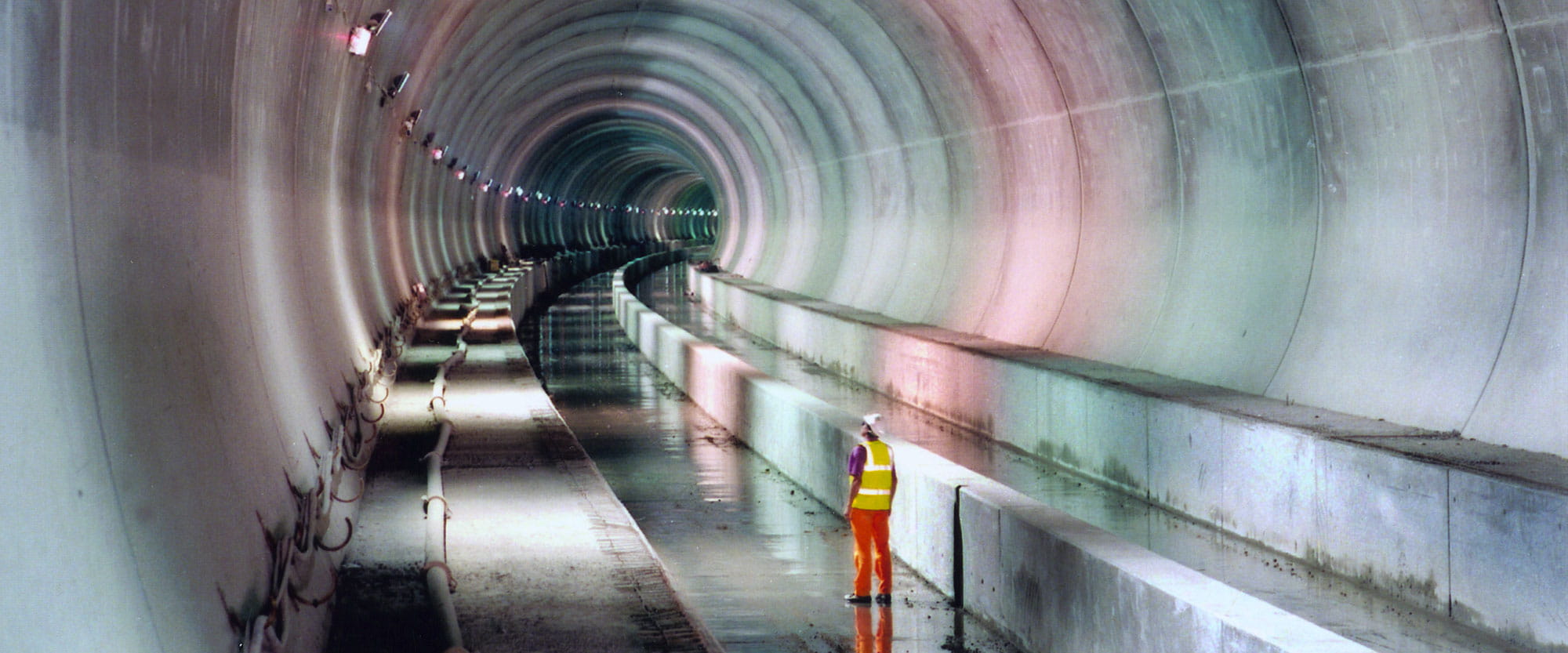 ;
;

